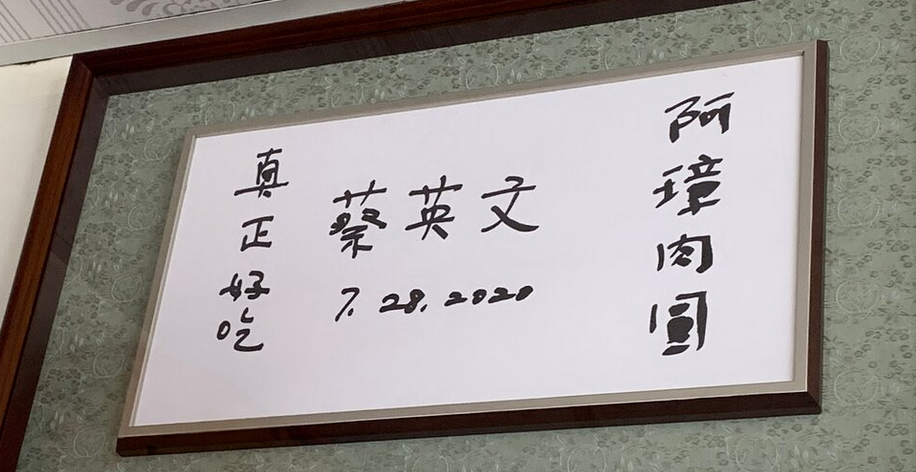已知这个集合所有元素的最大公约数为1
求证: 当某个整数足够大时,此整数一定是S的元素。即存在一个下界s > 0,当 x > s时,一定有x\in S
非负整数的一个子集S对于加法封闭
版主: verdelite, TheMatrix
-
TheMatrix

- 论坛支柱

2024年度优秀版主
TheMatrix 的博客 - 帖子互动: 276
- 帖子: 13594
- 注册时间: 2022年 7月 26日 00:35
Re: 非负整数的一个子集S对于加法封闭
对加法封闭,那就是一个半群,semigroup。(ヅ) 写了: 2023年 5月 14日 15:22 已知这个集合所有元素的最大公约数为1
求证: 当某个整数足够大时,此整数一定是S的元素。即存在一个下界s > 0,当 x > s时,一定有x\in S
已知这个子集元素没有公约数。
要证明的是从某个数开始往上的所有数都在这个子集中,也就是只有有限个正整数不在这个子集中。
。。。
-
TheMatrix

- 论坛支柱

2024年度优秀版主
TheMatrix 的博客 - 帖子互动: 276
- 帖子: 13594
- 注册时间: 2022年 7月 26日 00:35
Re: 非负整数的一个子集S对于加法封闭
先考虑两个生成元的情况。假设有两个数(a,b)互素,根据Bezout定理,它们可以组合出1这个数,那么它们的任意integer combination就可以生成全部整数集合。但是这里面有负系数的情况,如果子集S只对加法封闭的话,要排除负系数的情况。也就是要证明,当一个数足够大的时候,它一定有(a,b)的positive integer combination的表达。。。TheMatrix 写了: 2023年 5月 14日 23:13 对加法封闭,那就是一个半群,semigroup。
已知这个子集元素没有公约数。
要证明的是从某个数开始往上的所有数都在这个子集中,也就是只有有限个正整数不在这个子集中。
。。。
-
Caravel
- 论坛元老

Caravel 的博客 - 帖子互动: 679
- 帖子: 27075
- 注册时间: 2022年 7月 24日 17:21
Re: 非负整数的一个子集S对于加法封闭
Proof. It is not hard to see that there exists (finitely many) numbers s1, ..., st in S such that their GCD is 1. So we have(ヅ) 写了: 2023年 5月 14日 15:22 已知这个集合所有元素的最大公约数为1
求证: 当某个整数足够大时,此整数一定是S的元素。即存在一个下界s > 0,当 x > s时,一定有x\in S
1 = c1s1+ ...+ ctst for some integers c1, ..., ct.
Consequently, for all integer k, we see
k = kc1s1+ ...+ kctst.
Now, fix any positive integer n in S. Let C = max{|nc1|, ..., |nct|} and let s = Cs1+ ...+ Cst, which is clearly in S. It suffices to show that s+k is in S for all k = 1, 2, ..., n-1; this is because the next number will be s+a, which is clearly in S; it then leads us the next cycle with similar arguments.
The claim that s+k is in S for all k = 1, 2, ..., n-1 follows from s = Cs1+ ...+ Cst and the construction of C. (The key is that C is BIG ENOUGH.) More precisely, for all k = 1, 2, ..., n-1, we have
s + k = (C+kc1)s1+ ...+ (C+kct)st, which is clearly in S.
In summary, for the number s as chosen above, we have s + m in S for all m > 0. QED.
x2


持仓抄底锁利,你钱你定
看牛观猪喊熊,自娱自乐
股市变幻莫测,不作不死
赌途曲折无常,吃枣药丸
看牛观猪喊熊,自娱自乐
股市变幻莫测,不作不死
赌途曲折无常,吃枣药丸
Re: 非负整数的一个子集S对于加法封闭
这个想法是对的,关键的是用 如果s1, ..., st 的GCD 是1, 那么 1 = c1s1+ ...+ ctst for some integers c1, ..., ct. (忘了这个定理的名字了,好像这个定理的证明使用 欧几里得辗转公式来证的)YWY 写了: 2023年 5月 15日 20:10 Proof. It is not hard to see that there exists (finitely many) numbers s1, ..., st in S such that their GCD is 1. So we have
1 = c1s1+ ...+ ctst for some integers c1, ..., ct.
Consequently, for all integer k, we see
k = kc1s1+ ...+ kctst.
Now, fix any positive integer n in S. Let C = max{|nc1|, ..., |nct|} and let s = Cs1+ ...+ Cst, which is clearly in S. It suffices to show that s+k is in S for all k = 1, 2, ..., n-1; this is because the next number will be s+a, which is clearly in S; it then leads us the next cycle with similar arguments.
The claim that s+k is in S for all k = 1, 2, ..., n-1 follows from s = Cs1+ ...+ Cst and the construction of C. (The key is that C is BIG ENOUGH.) More precisely, for all k = 1, 2, ..., n-1, we have
s + k = (C+kc1)s1+ ...+ (C+kct)st, which is clearly in S.
In summary, for the number s as chosen above, we have s + m in S for all m > 0. QED.
我也打算这么做的,但没有去花时间去写出来。
曾经的 newkids_on_the_block
-
TheMatrix

- 论坛支柱

2024年度优秀版主
TheMatrix 的博客 - 帖子互动: 276
- 帖子: 13594
- 注册时间: 2022年 7月 26日 00:35
Re: 非负整数的一个子集S对于加法封闭
你把我要找的positive integer combination的表达找到了。:)YWY 写了: 2023年 5月 15日 20:10 Proof. It is not hard to see that there exists (finitely many) numbers s1, ..., st in S such that their GCD is 1. So we have
1 = c1s1+ ...+ ctst for some integers c1, ..., ct.
Consequently, for all integer k, we see
k = kc1s1+ ...+ kctst.
Now, fix any positive integer n in S. Let C = max{|nc1|, ..., |nct|} and let s = Cs1+ ...+ Cst, which is clearly in S. It suffices to show that s+k is in S for all k = 1, 2, ..., n-1; this is because the next number will be s+a, which is clearly in S; it then leads us the next cycle with similar arguments.
The claim that s+k is in S for all k = 1, 2, ..., n-1 follows from s = Cs1+ ...+ Cst and the construction of C. (The key is that C is BIG ENOUGH.) More precisely, for all k = 1, 2, ..., n-1, we have
s + k = (C+kc1)s1+ ...+ (C+kct)st, which is clearly in S.
In summary, for the number s as chosen above, we have s + m in S for all m > 0. QED.

